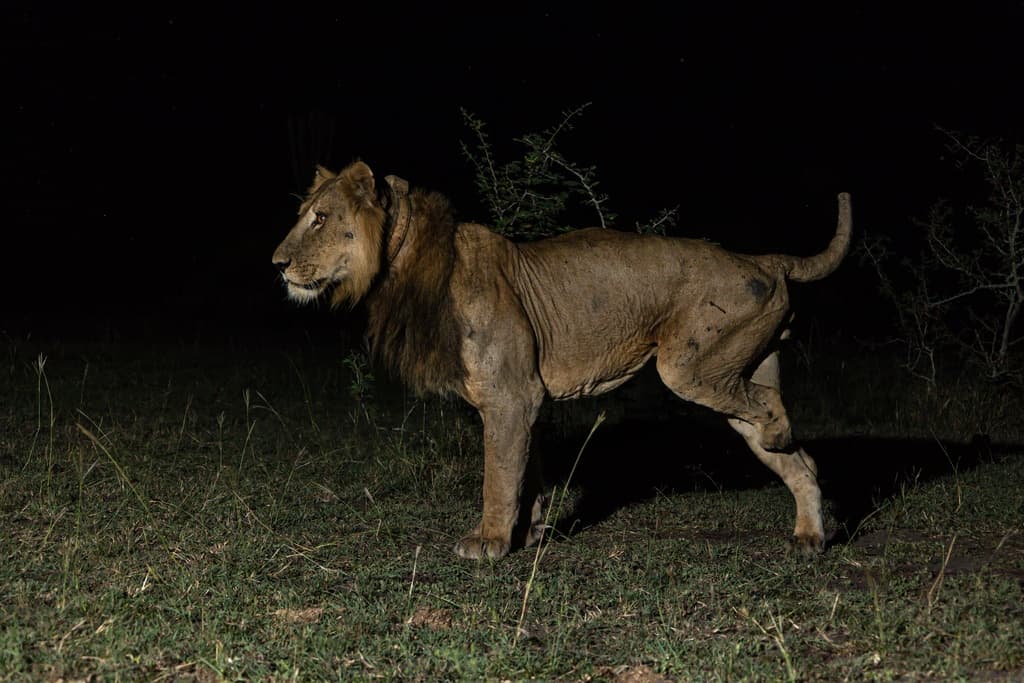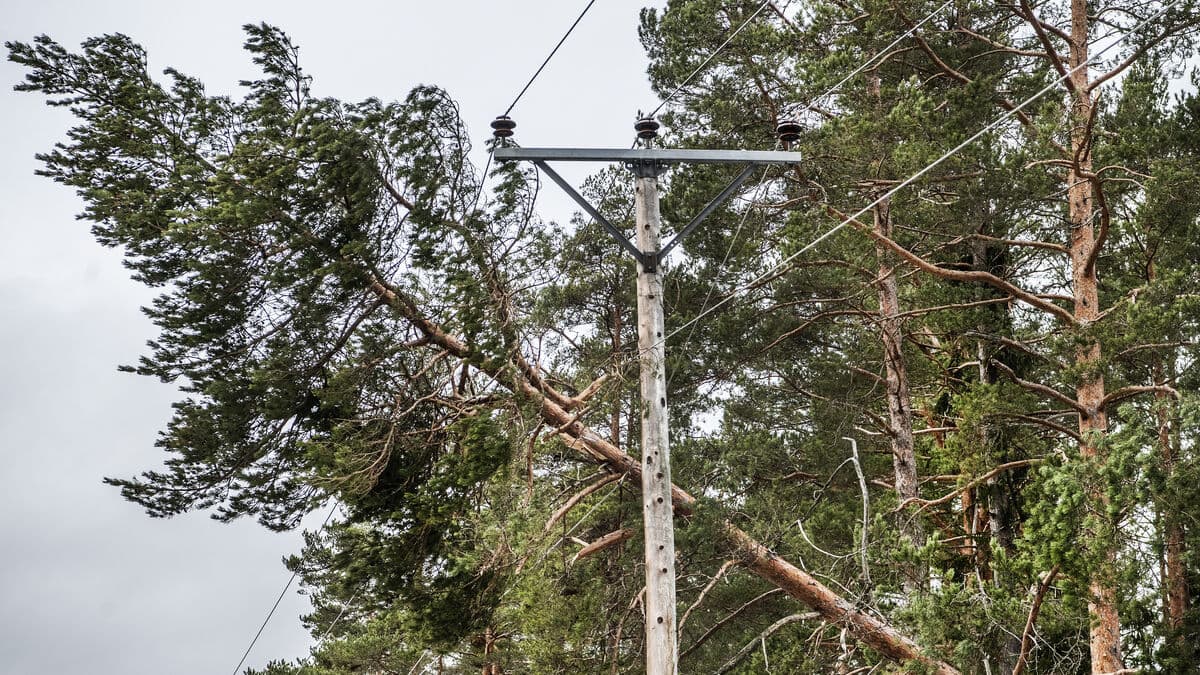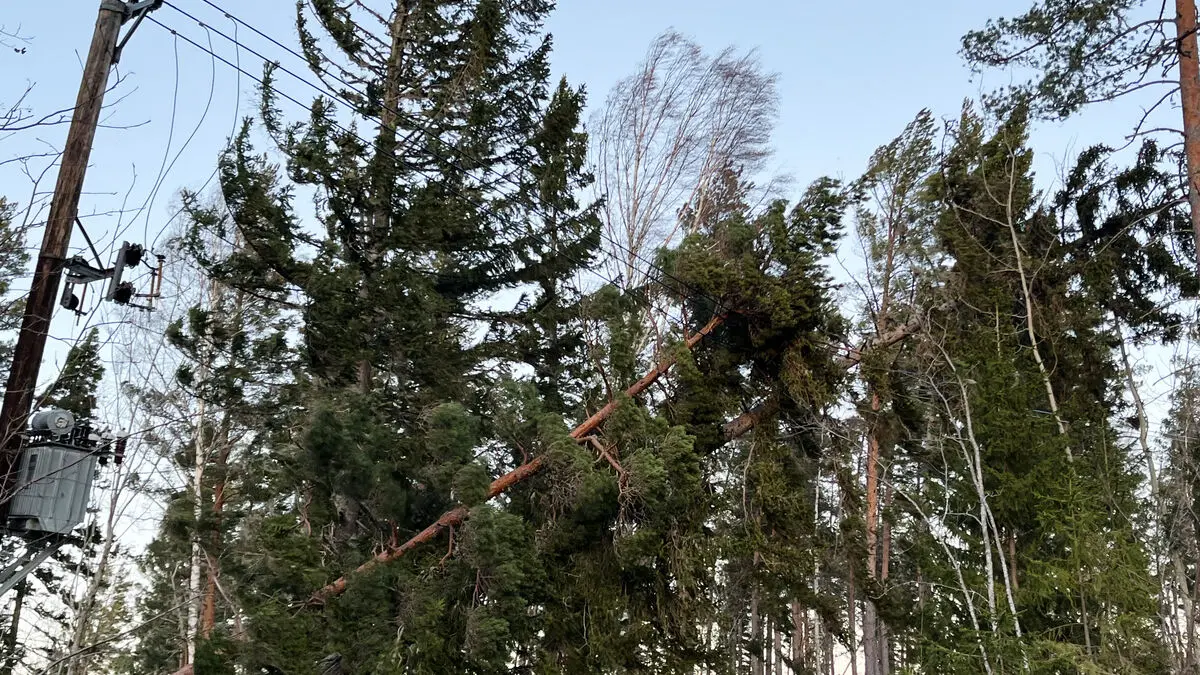Two lion brothers in Uganda, East Africa, have set a new record for lions. They have, on six occasions, ventured into the Kazinga River in the middle of the night. There, they have swum a distance of one and a half kilometers – which is not entirely safe since Kazinga is full of large crocodiles and aggressive hippos.
The feat is described in the scientific journal Ecology and Evolution. Previously, lions have only been seen swimming from a few dozen to at most a few hundred meters. Normally, the big cats avoid waterways with crocodiles and hippos.
Kazinga is located in Queen Elizabeth National Park in western Uganda, near the border with the Democratic Republic of the Congo.
The story is that one of the animals in the duo, a ten-year-old male named Jacob, is famous for his ability to survive difficult situations. He has been severely injured by a buffalo, he has seen his family wiped out by poachers after lion body parts, and he has gotten stuck in a snare. Finally, he lost one of his legs in a steel trap, also set by poachers.
His brother Tibu has been with him all the time, but has not had the same bad luck. The researchers, led by Australian biologist Alexander Braczkowski, write that the fact that the two brothers have managed to survive for as long as ten years is an achievement in itself. Queen Elizabeth National Park is heavily affected by poaching, and the lion population in the park has halved in just five years.
The latter is likely the explanation for why the brothers ventured into the river. According to Braczkowski, it is likely that the brothers were looking for females, which are now scarce in the park after the poachers' ravages. The researchers are now warning that lions may disappear completely from Queen Elizabeth if poaching is not stopped.
The lion (Panthera leo) is the second-largest of the cat species. Over the past few decades, the population in Africa has decreased dramatically and now consists of only about 25,000 individuals, most of which are found in eastern and southern parts of the continent. In West Africa, the species is almost extinct.
Source: IUCN





